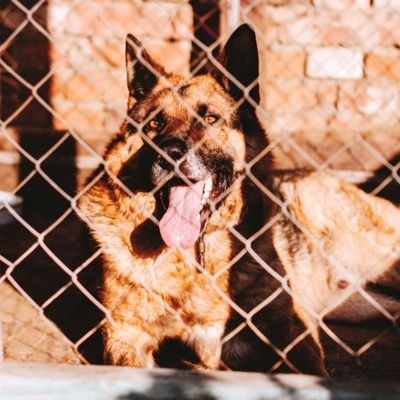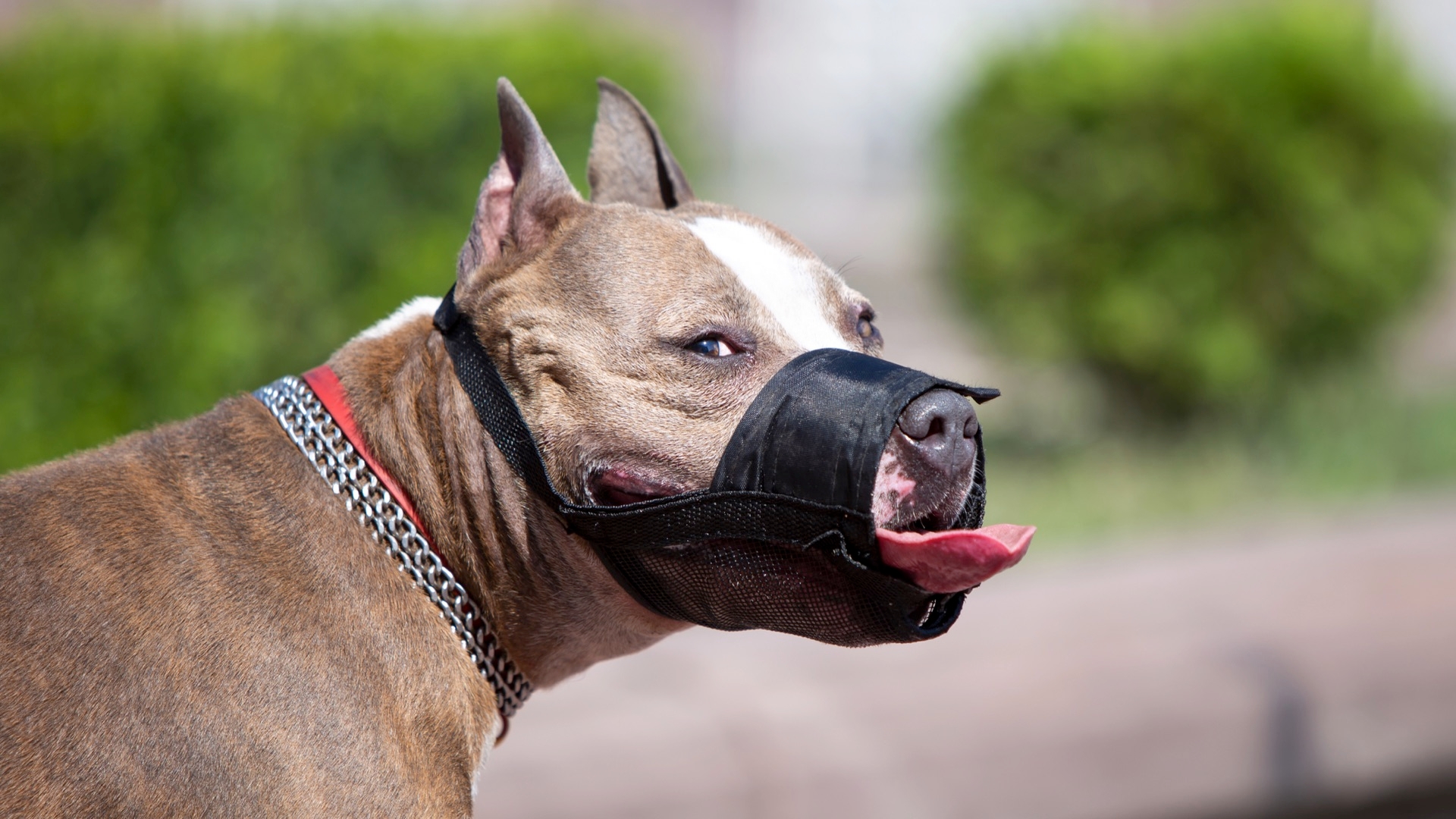Staying Safe Around Dogs:
Summary:
There are situations that can frighten or anger even the nicest of dogs, and their natural defense is to bite. There are also dogs who, due to the circumstances of their lives, may not behave like the typical family dog. Learn how to stay safe around dogs.


By Sherry Woodard
Well-socialized and happy dogs can add so much to our lives and to our families. Dogs give us companionship, provide fun and physical exercise, and help us to teach our children about caring for others and about responsibility. Most dogs are the happy family pets that we enjoy being with.
There are situations, however, that can frighten or anger even the nicest of dogs, and their natural defense is to bite. There are also dogs who, due to the circumstances of their lives, may not behave like the typical family dog.
You, your family and your community can take simple steps to reduce the number of dog bites that occur. Here are some ways to keep the families and family pets in your community safe.
Safety around dogs
-
Always ask permission before petting or touching someone else's dog.
-
Most of the time, we encounter friendly, wiggly dogs in public. But you should be cautious if a dog goes still, becomes stiff, and/or is not wagging in a loose and friendly way.
-
Don't corner a dog. All dogs have a sense of personal space, so watch their body language as you get closer (or the dog gets closer to you).
-
When approached by a strange dog, stand quietly, hands at your sides and avoid eye contact. Adog's natural instinct is to chase, so if you run, a dog may chase. Watch the dog out of the corner of your eye and don't turn your back.
-
Do not approach dogs in cars or on chains or ropes. Dogs can be protective about their territory and may feel a bit more vulnerable or defensive than usual. When dogs are tied up, they know they can't run away so their only defense will be to fight.
-
To avoid startling dogs, don't approach or touch them while they're sleeping, fixated on something, or with their puppies.
-
Never get between dogs who are fighting and keep your hands away from their heads.
-
Leave dogs alone when they are eating, whether the dog is eating from a bowl or chewing a treat or any other high-value item. Like people, dogs don't like it when people get between them and their food.
-
Don't reach over or through fences or barriers to pet or touch a dog.
-
Never tease, chase or harass a dog.
-
Don't enter a property containing a dog if you're not accompanied by the dog's person. Dogs can be protective of their family and territory and think it's their job to protect them.
The dog-safe family
- Children should always be accompanied around dogs, even the family dog.
- Supervising children around dogs not only protects the children from accidents but also protects the dog from harm by children who don't always know that touching animals in a certain way can hurt them.
- Don't leave babies unattended around dogs. Dogs may not realize that babies aren't as strong as adults or even know what a baby is.
- If you're expecting a baby, start early to get your dog used to the changes a baby will make in your dog's and your lives.
- Don't attempt or allow your children to attempt to remove anything (toys, food or other objects) from your dog's mouth. Instead, find something of equal or greater value to offer your dog as a trade.
- Teach your children about dog safety early and promote dog-safe practices.
- If you are considering bringing a new dog into your family, write down what your family is like and then consult your local shelter staff or do research on the Internet to learn about what kind of dog would be best for you.
- For more information about establishing a healthy relationship between your dog and your children, visit familypaws.com.
Good dog habits
- Socialize your dog and make him a part of your family activities early on. Dogs also need to be socialized beyond your family and home; they need to be comfortable in the world.
- Read up on positive reinforcement training techniques and get your whole family involved.
- Take your dog to a certified trainer who can help you teach your dog appropriate behaviors in a humane, effective, and ethical way.
- Make a game for the whole family of spotting and reinforcing desirable behavior in your dog.
- Don't allow children to play rough with your dog, as they can accidentally hurt the dog or encourage him to become mouthy. That doesn't mean you shouldn't play games like tug, though; teaching your dog to play games using healthy rules will help the dog to learn self-control.
- Avoid hitting your dog or using other forms of physical punishment because it can make the dog fearful, resentful, or aggressive.
- Provide lots of exercise for your dog through constructive play like fetch and/ or frequent walks. Walks or hikes provide great exercise for you and your canine companion. Regular activity not only gets rid of excess energy but reduces frustration levels in your pet. Interactive play also increases the bond between you and your pet.
- Spay or neuter your dog. Over a six-year period, 92 percent of all fatal attacks by dogs were by intact (unneutered) dogs. Spay/neuter also reduces the likelihood of costly medical conditions and reduces the number of unwanted pets who end up in shelters.
- Make sure that your dog has lots of human interaction every day. A happy dog is a good dog. As social animals, dogs thrive on social interaction and love to be a part of the family.
- Avoid tethering (chaining or tying to a rope) your dog. Tethering removes a dog's ability to flee and makes him/her feel vulnerable. If he/she can't escape a perceived threat, the only option is to attack. According to a study by the CDC, tethered dogs are 2.8 times more likely to bite.
- Never let your dog roam free. Letting your dog roam free greatly increases his/her chance of injury or death from cars or attacks by people or other animals. A roaming dog may become confused or frightened, leading to aggressive behavior.
- Use caution when introducing your dog to new people, new dogs or new situations. Your goal is to provide the dog with a succession of happy experiences so his/her social skills will continually improve.
- If your dog's behavior changes (e.g., he becomes irritable), take him to your vet for a checkup. Behavior changes can sometimes be a symptom of a medical problem. Sherry Woodard is the animal behavior consultant at Best Friends. She develops resources and provides consulting services nationally to help achieve Best Friends' No More Homeless Pets mission.
Sherry Woodard is the animal behavior consultant at Best Friends. She develops resources and provides consulting services nationally to help achieve Best Friends' No More Homeless Pets mission.


